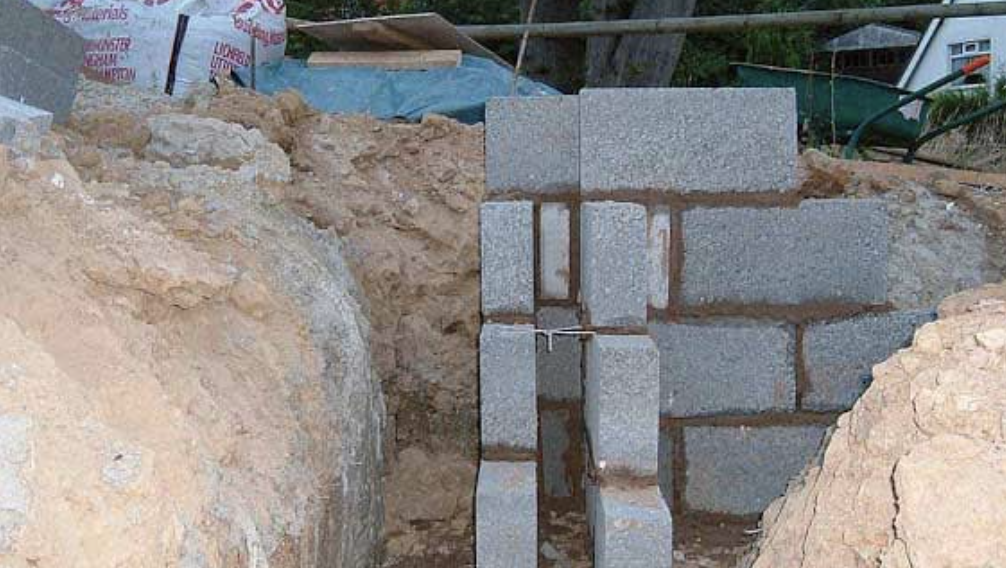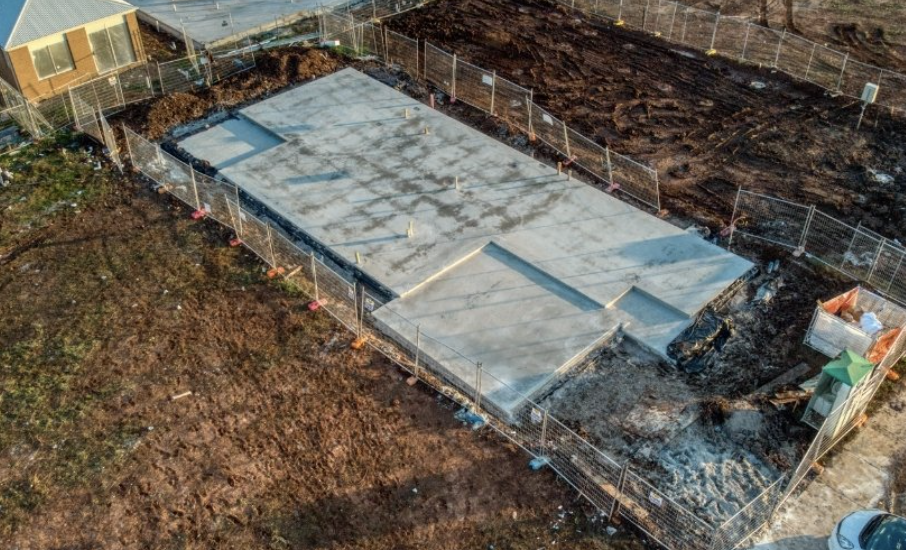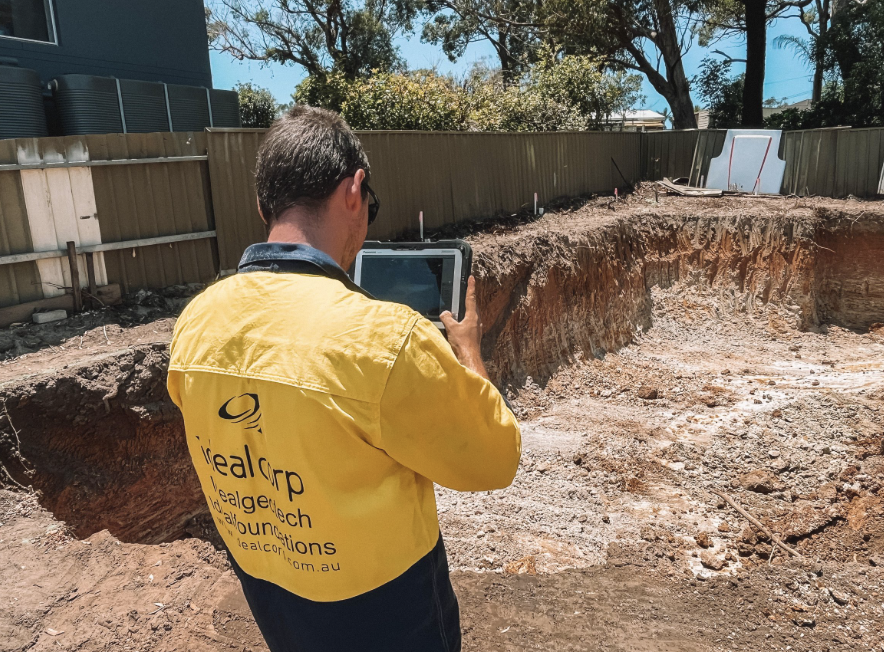Soil Classification: Foundation and Pavement Design Starts Here
Before breaking ground, knowing your soil is the first step toward safe and lasting infrastructure. Soil classification provides critical insights into how the ground behaves under load.
Why Is Soil Classification So Important?
Soil classification is the process of grouping soils based on their texture, structure, and behavior1.
- It allows engineers to predict soil performance2 under different environmental and load conditions.
- Supports material selection, drainage design, and construction planning.
- Prevents costly failures by helping to identify expansive, compressible, or weak soils.
In both pavement and foundation design, classification defines how the soil will react to stress3, absorb moisture, and settle over time.
What Are the Common Soil Classification Systems?
Several systems are used globally, but the two most common are:
| Classification System | Primary Use | Ключевые функции |
|---|---|---|
| Unified Soil Classification System (USCS) | Geotechnical & construction | Uses grain size and plasticity |
| AASHTO Soil Classification System | Highway engineering | Focuses on performance in road construction |
These systems divide soil into major groups like clay (CL, CH), silt (ML, MH), sand (SP, SW), and gravel (GP, GW)—each with distinct engineering implications.

How Does Soil Type Affect Foundation Design?
Different soil types exhibit drastically different load-bearing capabilities.
- Clayey soils4 may swell or shrink, causing structural movement.
- Silty soils are susceptible to erosion and poor drainage.
- Sandy soils offer good drainage but may need densification.
- Gravels typically provide excellent support and low compressibility.
Soil classification allows engineers to:
- Choose between shallow or deep foundations5.
- Determine the need for soil stabilization6.
- Avoid differential settlement that can damage structures.

How Does Soil Classification Impact Pavement Design?
Pavement layers must be tailored to the subgrade strength, which varies by soil type.
- Clayey subgrades may require thicker base layers or stabilization.
- Granular soils perform well under heavy traffic with thinner pavements.
- AASHTO soil groups (A-1 to A-7) help engineers match pavement type and thickness to the soil condition.
By classifying soil, engineers can:
- Accurately calculate California Bearing Ratio (CBR)7 values.
- Optimize drainage systems8.
- Ensure long-term performance under weather and load variations.

Заключение
Soil classification is more than a laboratory exercise—it’s a cornerstone of smart infrastructure design. Whether laying foundations or paving highways, understanding your soil type sets the stage for safety, stability, and success.
-
Understanding these factors is crucial for effective soil classification, which impacts engineering and construction projects. ↩
-
This resource will provide insights into the importance of soil classification in ensuring safe and efficient engineering practices. ↩
-
Exploring this topic will enhance your knowledge of soil behavior, essential for successful construction and design. ↩
-
Understanding clayey soils is crucial for construction, as their swelling and shrinking can impact structural integrity. ↩
-
Choosing the right foundation type is essential for stability and safety in construction projects. ↩
-
Soil stabilization techniques can significantly enhance the load-bearing capacity and durability of structures. ↩
-
The CBR is a key metric for assessing soil strength, vital for designing robust pavements that can withstand traffic loads. ↩
-
Effective drainage systems are essential for prolonging pavement life and preventing damage from water accumulation. ↩








